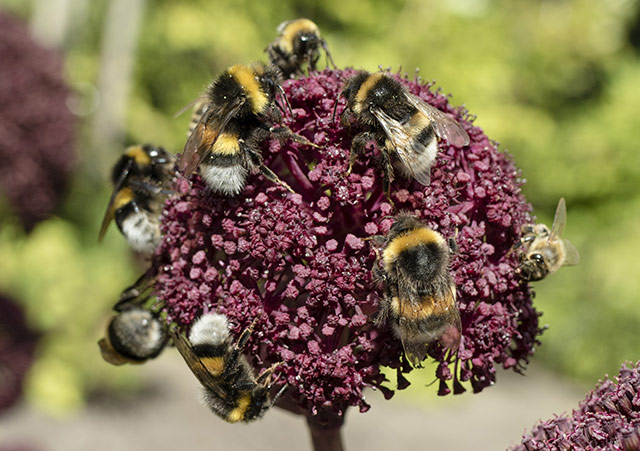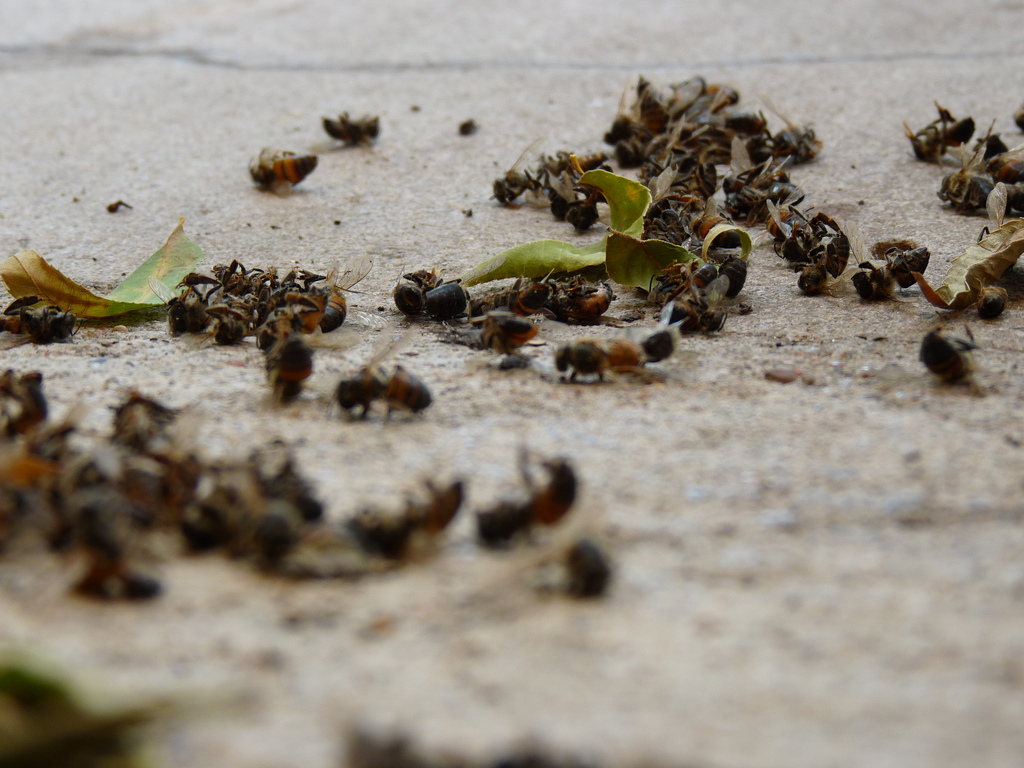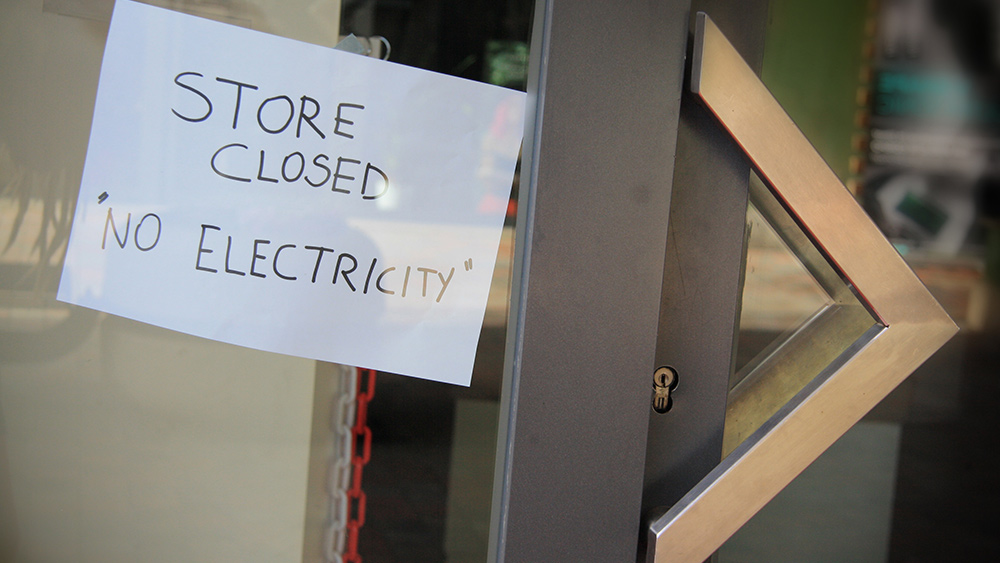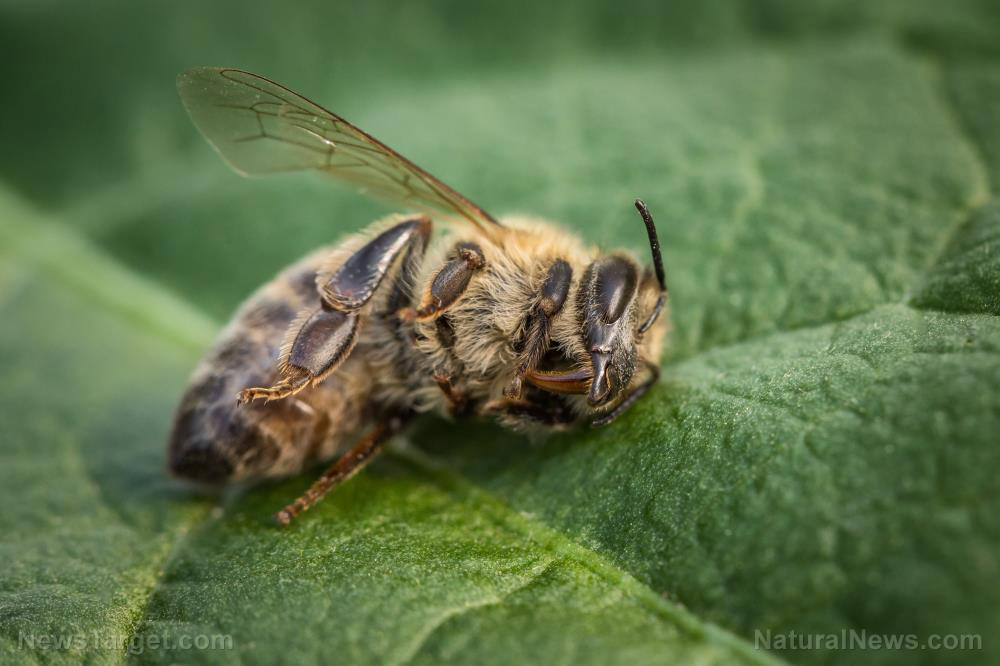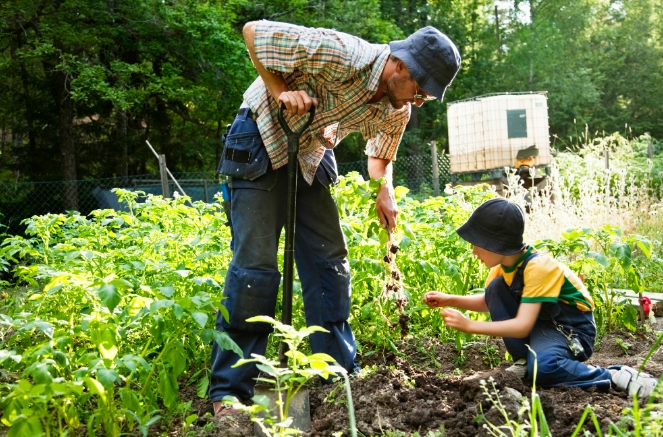
Stocking up on food supplies is well and good, but they will run out eventually. Thus, a homesteader or prepper must stockpile foods that they may either grow for themselves or obtain from a local farmer.
Start including as many locally grown foods as possible into your diet. At the same time, phase out foods that only grow in other states or countries.
It is easier to change eating habits than to replenish stockpiles of food that grow on the opposite coast of North America – or the other side of the planet, especially when SHTF.
At the same time, don't lose track of nutritional well-being. Make sure to eat clean, organic, non-GMO foods that provide all of the minerals, vitamins, and nutrients necessary for good health. (Related: Making and cultivating a garden on your own – no more grocery shopping, ever.)
Produce your own food as much as possible
Next, try producing as many of those local foods as possible. The aim is sustaining self-reliance over the long term.
Plant a survival garden. Raise any livestock that will fit in your property without violating local laws or disturbing your neighbors.
When selecting crop plants or livestock, consider the temperature, seasons, and soil of the area. These factors will determine what you may plant or raise for many years to come. Raise crop plants that thrive in the local climate and soil. Residents of New England, for instance, will be better off planting potatoes rather than rice.
Preppers who live in states with winter seasons have the best possible climate for root cellars. Their perishables will stay fresh for lengthier periods than those in hotter and moister regions. But they face shorter growing seasons and need cold weather crops.
Homesteaders who live in wheat-producing states will have the space to grow and store the grains. Breadmaking is far more viable for them.
Don't stop storing foods that don't grow locally. They will still serve you well in the short-term, especially if they provide nutrients that aren't available in local foods. However, do not rely on these foods to sustain you and your family for extended periods.
Self-reliance over the long term is key to successful prepping and homesteading
Not all preppers have the time, space, and energy to plant fields of food crops. Even homesteaders will find that difficult.
Still, try to cultivate as many vegetables, fruits, and other plant-based food crops that grow in the local climate.
Raise livestock. As much as possible, go for breeds that provide both meat and other types of animal-based foods like eggs or milk.
Chickens and rabbits work well for preppers with limited space. Homesteaders may have the room to raise goats, sheep, or even cows.
To make the most out of limited space, budding livestock keepers may select dwarf or miniature breeds. The smaller animals will need less room, food, and water than full-sized ones.
Homesteaders and preppers who keep livestock may also breed their animals. Remember to take steps to avoid inbreeding that may weaken the animals.
You can also supplement your sources of meat by learning how to hunt, snare, and fish.
Learn how to preserve food. Canning and drying are two ways of extending the shelf life of perishables.
Always save plenty of seeds from every harvest. Plant enough to cover current and future needs – keep the rest for a rainy day.
Learn how to raise bees. Both domesticated species and wild ones are suitable for beekeeping. The beneficial insects will not only provide honey, but also pollinate crops.
Self-sufficient living may be challenging at first, but the fruits of your labor will be all worth it.
Sources include:
Please contact us for more information.

















